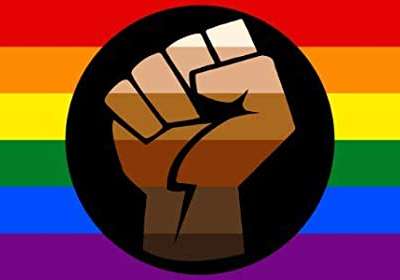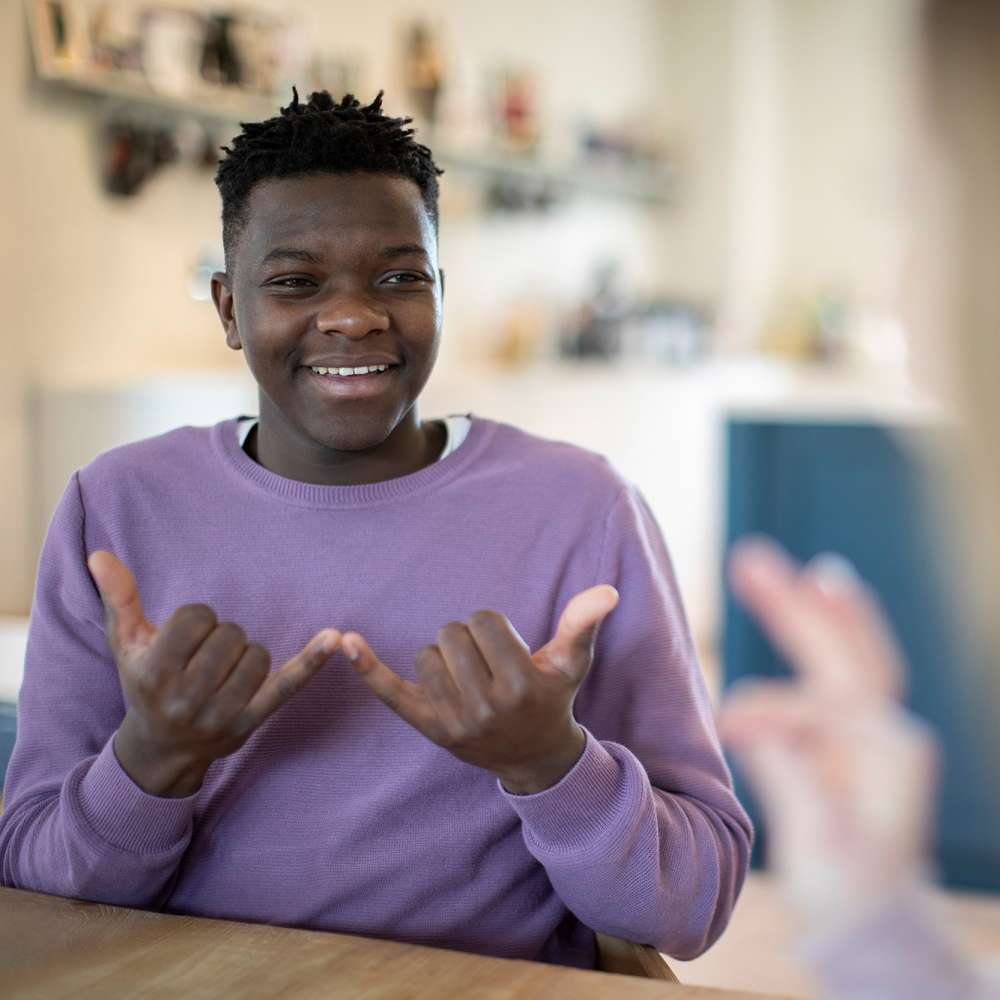The Lipman Hearne web team always starts by looking at digital design through the accessibility lens. Compliance with all the rules and regulations doesn’t box us in: We find it inspiring.
“After all, designers want as many people to interact with their work as possible,” says Chris Cacci, Executive Creative Director. “I think every creative person believes in being empathic.”
It’s taking the core principles of hierarchy, structure and clarity—all of which contribute to a productive user experience—and evolving new elements for new audiences.
Tools like video captions, clickability indicators, alt text, type resizing, color contrast checks, copy clarity and page speed all contribute to a more usable and accessible website. They can provide fertile ground for fresh, elegant visual solutions.
“Even contact forms and text fields can be more distinct and elegant,” says Raul Pena, Senior Art Director. “Accessibility makes the relationship between design elements clear.”
“An institution can make the ‘Donate’ button on their site gorgeous. But if it’s hard to use or hard to find, that’s far from optimal,” says Andrew Ortolano, Associate Director of Product Development. “I’m particularly proud of making user interfaces, like our Services page, come to life while increasing accessibility.” Chris agreed, “It allows the functional to transcend the obvious.”
Approaching accessibility this way allows us to open more doors, both outside and in.
“I want my designs to be enjoyed. Designing with accessibility in mind makes the website experience better for more people and allows me to bring something good into the world,” says Raul.
Chris sums it up: “At the end of the day, it’s about making it better for everyone.”
Contact us at info@lipmanhearne.com. We can make your institution’s site more accessible and, just as importantly, beautiful and meaningful.
More thought leadership from Lipman Hearne
The Intersection of Pride and Juneteenth
.
June is a month for social and civic transformation. The summer after the largest protest demonstrations in U.S. history Congress …
: